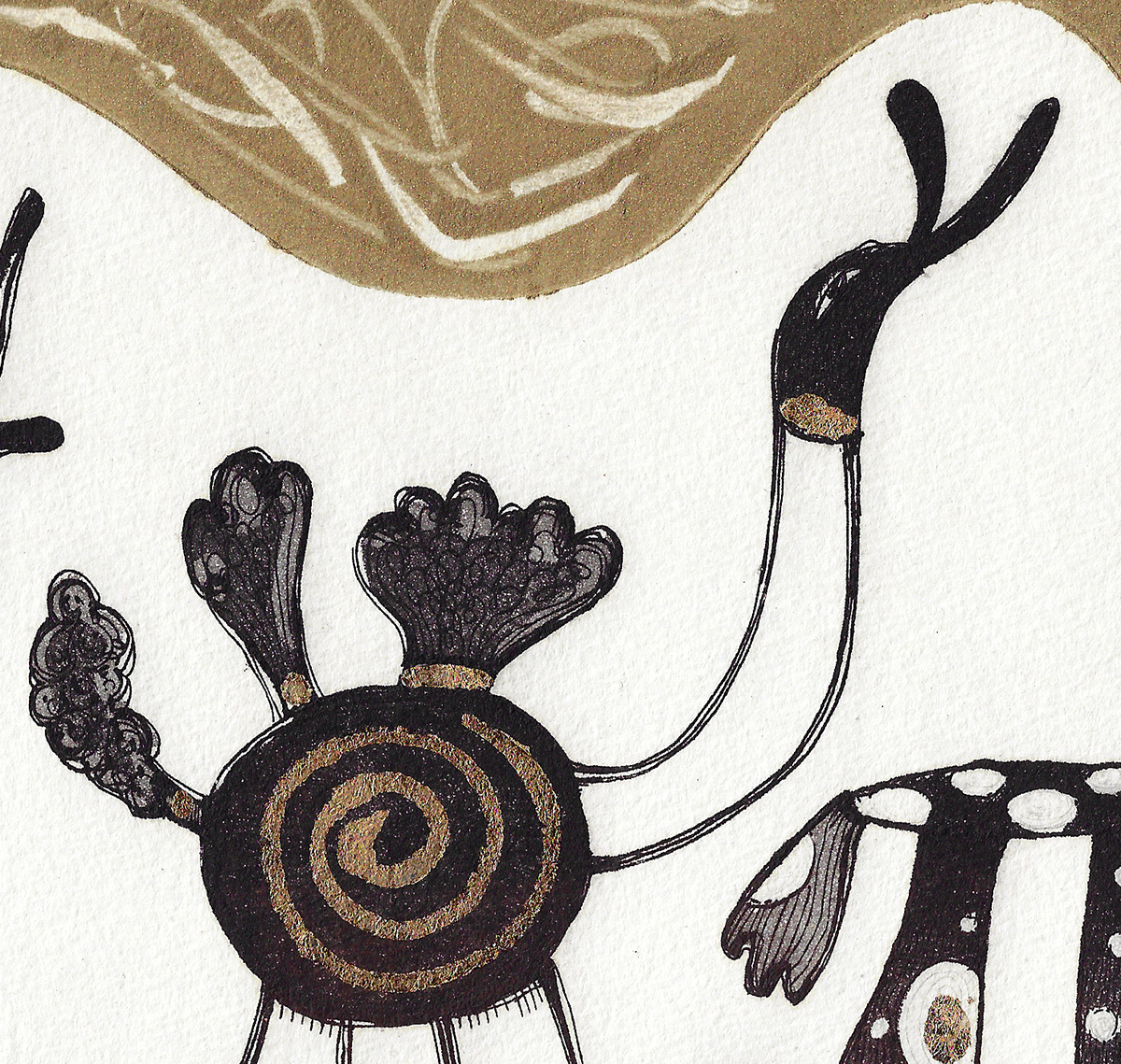
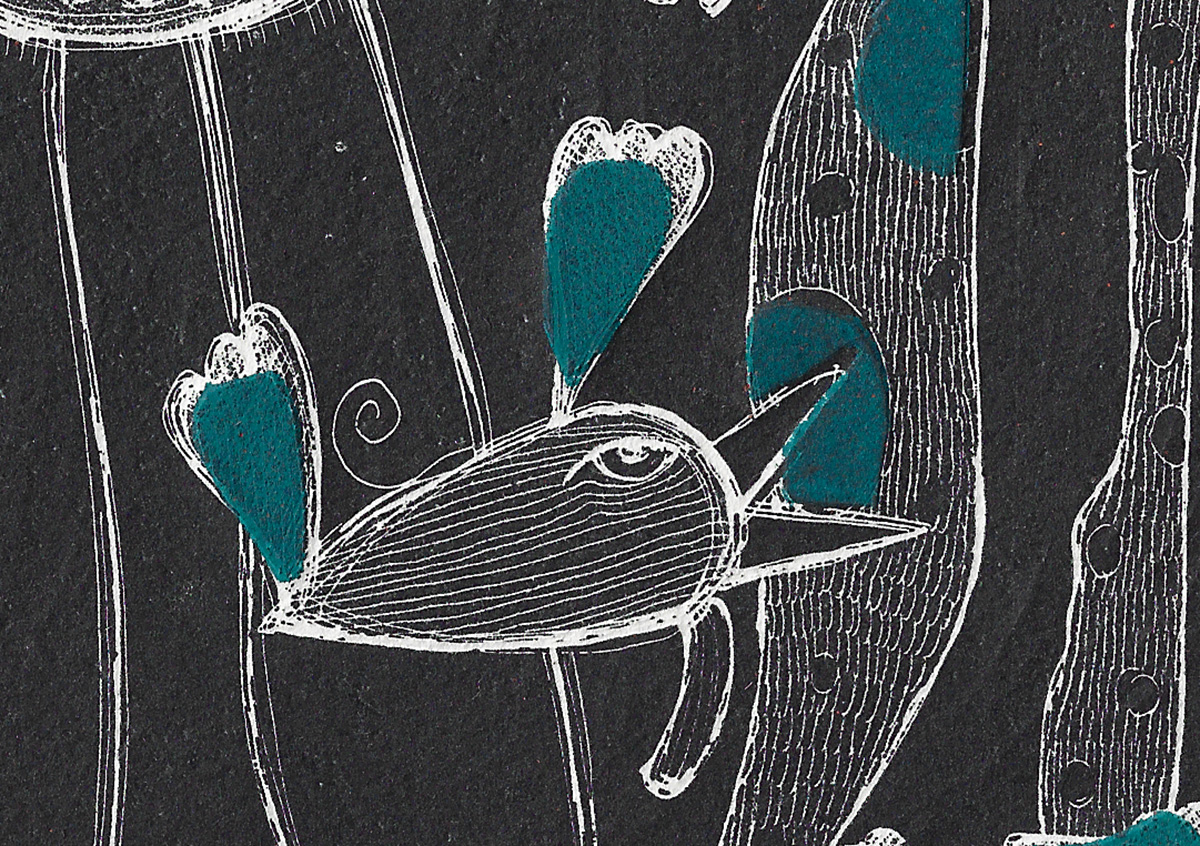
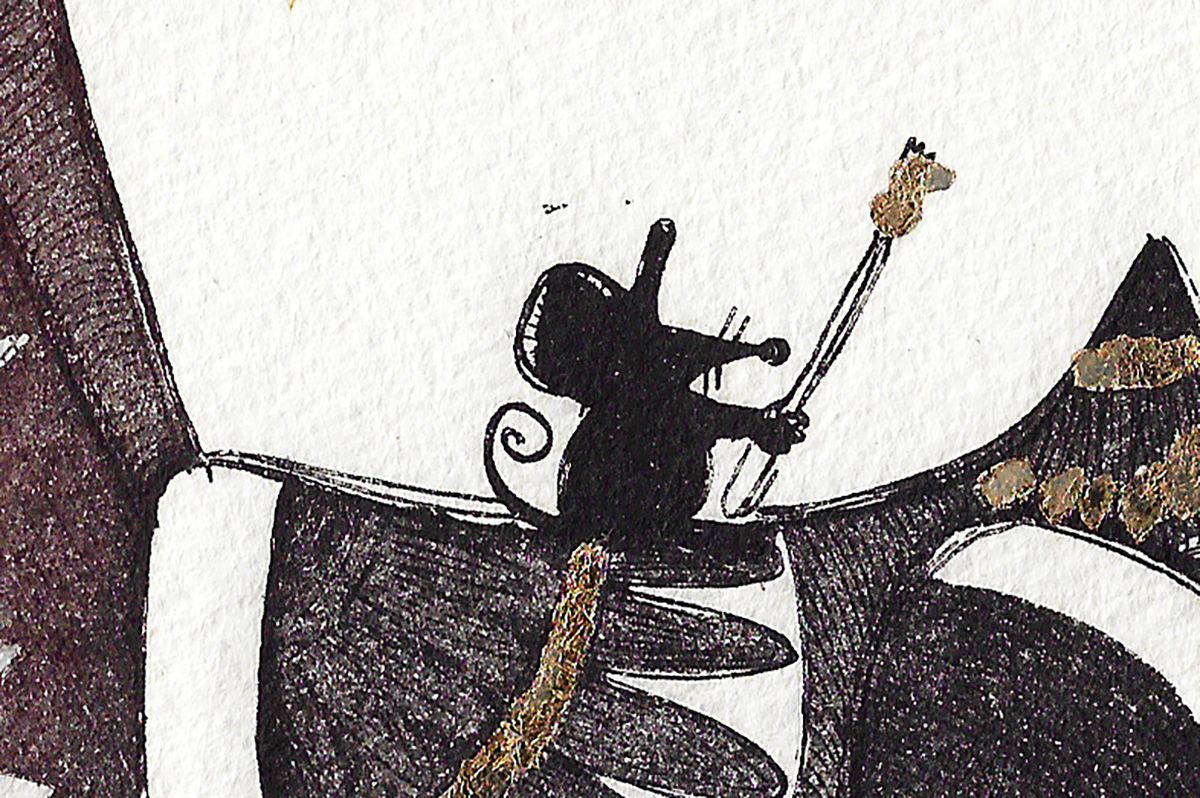
The triumphant embassy of the elephant Annone
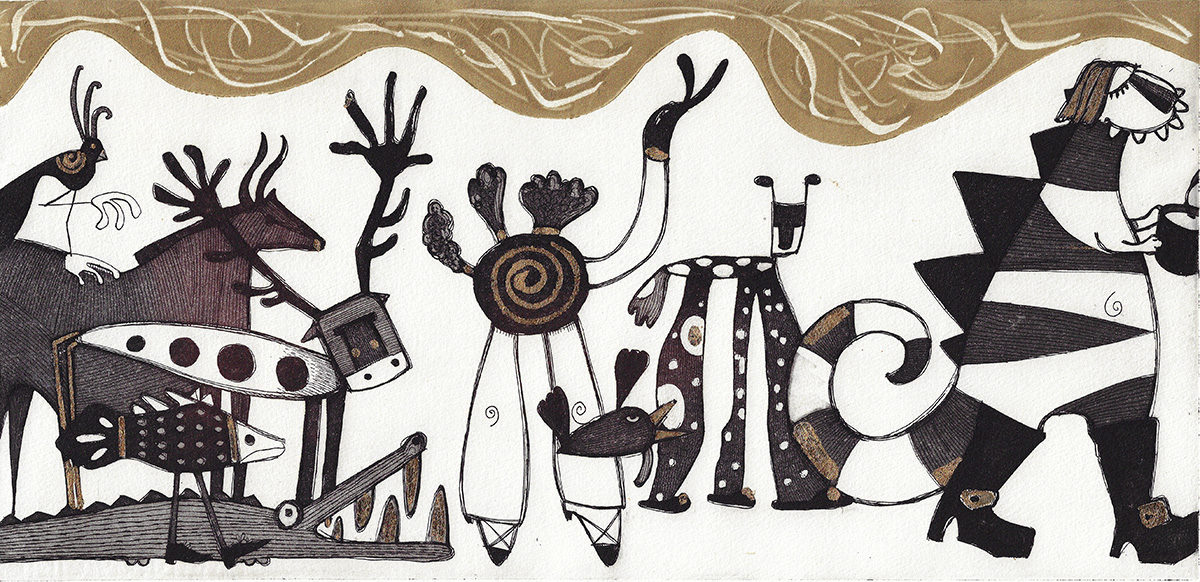
Scopri di più su questa tecnica Find out more about this technique
Se volete acquistare un’opera potete scrivermi in privato; il prezzo è specificato nelle info per ogni singola immagine, insieme con le misure sia della stampa che della carta, ed è al netto delle spese di spedizione. Potete pagare tramite Paypal (in questo caso l’acquisto è coperto dalla garanzia Paypal) o bonifico; in entrambi i casi emetterò una ricevuta o una fattura. Le immagini sono accurate, e riflettono fedelmente l'originale, ma se l'opera che vi arriva dovesse discostarsi da quanto vi aspettavate potete restituirla, ed io vi restituirò l'importo; le spese di restituzione saranno a vostro carico, e l'imballo dovrà essere accurato come quello che avete ricevuto. Nella causale del pagamento va specificato il vostro nome, cognome ed il titolo dell’opera; I costi di spedizione sono a carico del compratore, quindi la modalità di spedizione (poste ordinarie, corriere…) è di vostra scelta; purché preveda la tracciabilità del pacco. L’opera verrà spedita arrotolata, per evitare ammaccature; l’imballaggio sarà accurato. Ogni opera sarà accompagnata da una scheda tecnica firmata dall'artista dove sarà specificata la tecnica e la tiratura; sarà inoltre contrassegnata da un timbro a secco dell'autrice.
If you want to buy a work you can write to me in private; the price is specified in the info for every single image, along with the measures of both the print and the paper, and is to the net of the shipping costs. You can pay by Paypal (in this case the purchase is covered by the Paypal guarantee) or bank transfer; in both cases I will issue a receipt or an invoice. The images are accurate, and faithfully reflect the original, but if the work that comes to you deviates from what you expected you can return it, and I will return the amount; the return costs will be at your expense, and the packaging should be as accurate as the one you received. In the reason of payment must be specified your name, surname and the title of the work; The shipping costs are borne by the buyer, then the shipping method (ordinary post, courier...) is of your choice; provided it provides for the traceability of the package. The work will be shipped rolled, to avoid dents; the packaging will be accurate. Each work will be accompanied by a technical sheet signed by the artist where the technique and the print run will be specified; it will also be marked by a dry stamp of the author
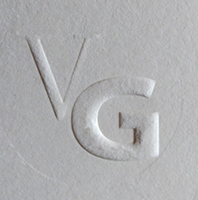
When I started working on the artist’s book “The triumphal embassy of the elephant Annone”, I tried to put myself in the shoes of the commoners who in 1500 climbed on the roofs of houses to admire exotic animals that seemed to come from another planet. Today we would simply say panthers, giraffes and turkeys, but at the time it was something never seen, an inconceivable procession that walked through the streets of the city… to relive the same wonder I allowed myself to add a few legs, some antenna, a dinosaur with a tuft. It seems fair to me.
I rewrote history with the taste of the chronicles of the time, and in so much (sad) display of power and wealth I crowned king of the embassy not the Elephant Annone White that opened the procession, not the King of Portugal who ingratiated himself with the powerful to the sound of precious gifts, and not even the Pope who impatiently waited for them to redeem him… but the little mouse sitting in the place of honor, on the head of Annone, who leads him with a small wand and immense wisdom.
Annone was a rare albino elephant that the king of Portugal, Manuel D’Aviz, donated in 1514 to Pope Leo X. A voyage by ship was organized with other exotic animals, an expedition of 140 men and an important treasure: fabrics, brocades, gold objects and jewels; the ship departed from Portugal, crossed the Mediterranean, passed through Alicante and Majorca and landed in Porto Ercole, today in the Argentario promontory. The arrival of the animal sucitava everywhere admiration and curiosity, the crowd accompanied the travelers and greeted them from the roofs of the houses. The arrival in Rome was a triumph. The caravan disembarked at Porto di Ripetta and traveled the road to Castel Sant’Angelo, where the animal knelt three times before Leo X to pay homage. Then he poured water with his trunk not only the cardinals present, but also the crowd of spectators.
Soon Annone became one of the most popular characters of Renaissance Rome; its maintenance cost one hundred ducats a year and between the various assignments of Raffaello Sanzio and Piero Aretino there was to act as guardian. Unfortunately, after two years the white elephant fell ill and died; he was buried in the basement of the Vatican, where he was found in the late 1980s, by professor Silvio Bedini, professor at the Smithsonian Institute in New York.




